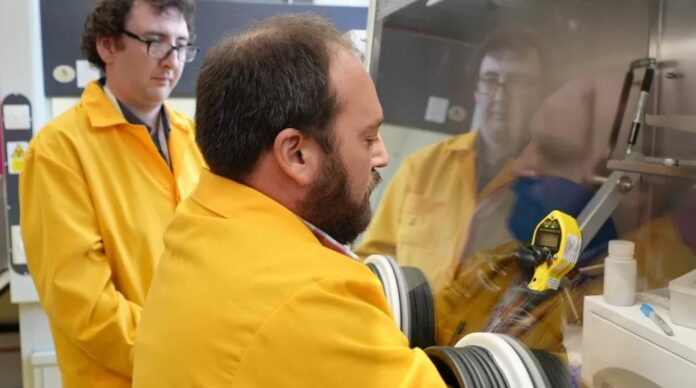Scientists have developed an energy source which could allow astronauts to live on the Moon for long periods of time.
The Nasa-led Artemis Program hopes for an outpost on the Moon by around 2030.
Bangor University has designed nuclear fuel cells, the size of poppy seeds, to produce the energy needed to sustain life there.
Prof Simon Middleburgh from the university said the work was a challenge – “but it was a fun one”.
The Moon, which is seen by some to be the gateway to Mars, contains a lot of valuable resources needed for modern technology.
The hope is that it could be used as a springboard to reach the planets beyond.
As space technology advances at a rapid pace, the BBC was given exclusive access to the Bangor University Nuclear Futures Institute’s laboratory.
The Bangor team, which is a world leader on fuels, works with partners such as Rolls Royce, the UK Space Agency, Nasa and the Los Alamos National Laboratory in the US.
Prof Middleburgh from the Nuclear Futures Institute said the team hoped to fully test the nuclear fuel “over the next few months”.
Credit: bbc.com










